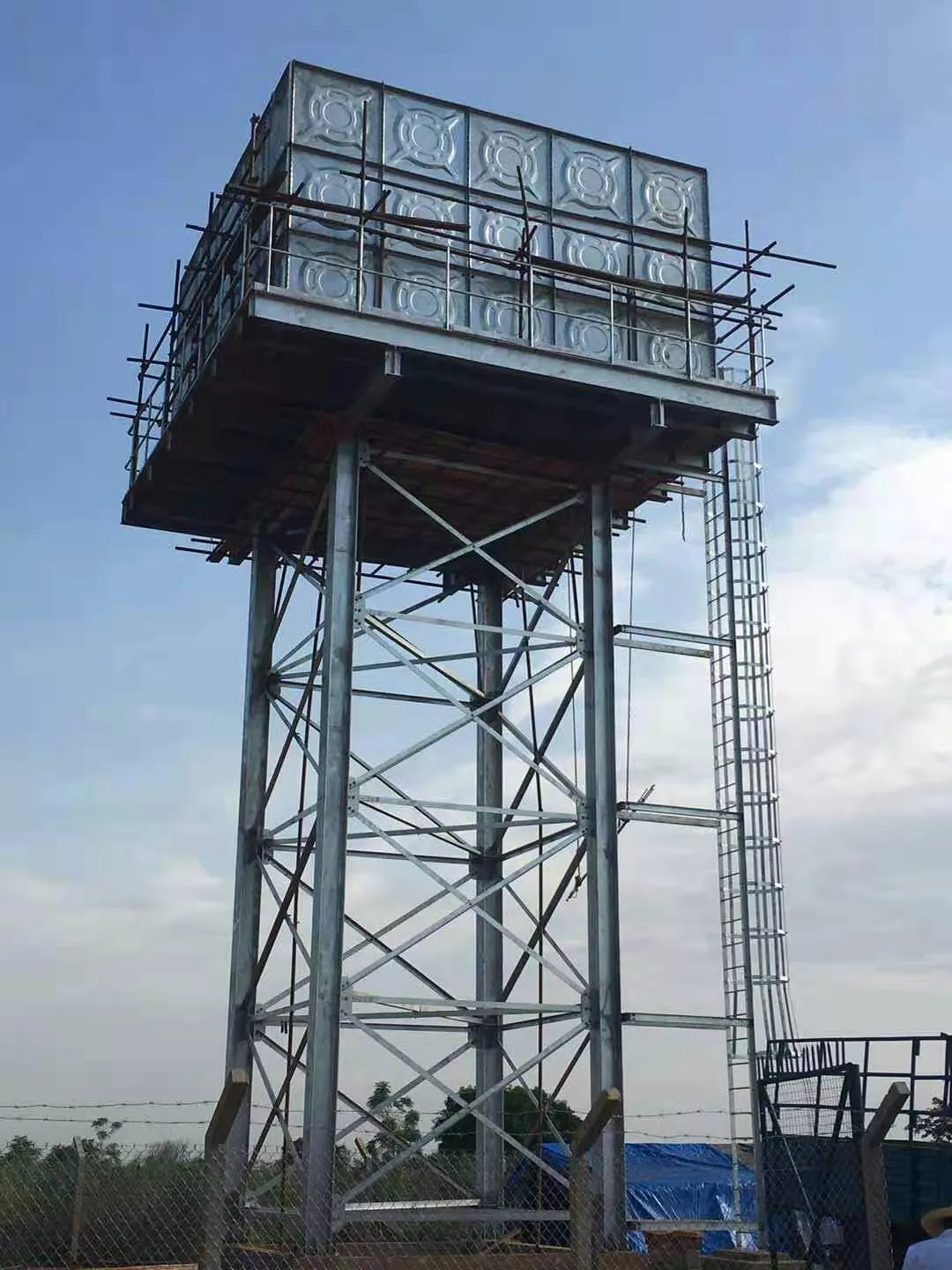loading...
- No. 9, Xingyuan South Street, Dongwaihuan Road, Zaoqiang County, Hengshui, Hebei, China
- admin@zjcomposites.com
- +86 15097380338
- Welcome to visit our website!
frp bars in concrete
Fibre Reinforced Polymer (FRP) Bars in Concrete An Overview
In the realm of civil engineering, the quest for innovative and effective materials to enhance the performance and longevity of structures has led to the increased use of Fibre Reinforced Polymer (FRP) bars in concrete applications. These composite materials, made from a mixture of polymers and reinforcing fibres, are gaining popularity due to their unique properties and advantages over traditional materials.
Understanding FRP Bars
FRP bars are typically composed of a polymer matrix reinforced with fibres, such as glass, carbon, or aramid. The combination of these materials results in a lightweight, corrosion-resistant reinforcement solution that excels in various construction applications. Unlike traditional steel reinforcement, FRP bars do not corrode when exposed to harsh environmental conditions, including seawater and chemicals. This corrosion resistance significantly reduces maintenance requirements and extends the lifespan of structures.
Advantages of FRP Bars
1. Corrosion Resistance One of the most significant advantages of FRP bars is their outstanding resistance to corrosion. In structures exposed to aggressive environments, such as bridges and marine structures, the use of FRP can mitigate the risks associated with steel corrosion, ensuring the integrity and durability of the concrete.
2. Lightweight FRP bars are considerably lighter than traditional steel reinforcement, leading to easier handling and transportation during construction. This lightweight characteristic can also reduce the overall dead load on structures, allowing for design flexibility and potentially smaller foundation requirements.
3. High Strength-to-Weight Ratio Despite their lightness, FRP bars offer a high strength-to-weight ratio, making them suitable for applications requiring robust reinforcement with reduced mass. This quality enhances the structural performance of concrete elements where weight is a crucial factor.
frp bars in concrete

4. Non-Magnetic Properties FRP bars are non-magnetic, which makes them ideal for use in environments where magnetic fields can interfere with sensitive equipment. This property is particularly beneficial in medical buildings, research laboratories, and other specialized structures.
5. Ease of Installation The installation process for FRP bars is straightforward, allowing for quicker construction times. Their ease of cutting and bending further simplifies the onsite processes, enhancing overall project efficiency.
Applications of FRP Bars
The applications of FRP bars in concrete are vast and varied. They are widely used in the construction of bridges, buildings, parking structures, and underground facilities. Additionally, FRP bars are especially advantageous in retrofitting and rehabilitating existing structures to improve their performance and lifespan.
For instance, when retrofitting a bridge, FRP bars can be used to strengthen the concrete elements without adding significant weight. This capability is vital in prolonging the service life of aging infrastructure while ensuring safety and compliance with modern load requirements.
Furthermore, the use of FRP bars is becoming increasingly relevant in seismic-resistant structures. Their lightweight nature and flexibility contribute to improved performance during seismic events, making them an essential addition to regions susceptible to earthquakes.
Conclusion
In conclusion, Fibre Reinforced Polymer bars represent a significant advancement in the field of concrete reinforcement. Their unparalleled corrosion resistance, lightweight nature, high strength-to-weight ratio, and versatility in application make them an attractive alternative to traditional steel reinforcing bars. As the demand for durable and resilient structures continues to rise, the role of FRP bars in construction is expected to grow, paving the way for innovative solutions that meet the challenges of modern engineering. Whether enhancing new constructions or rehabilitating aging infrastructures, FRP bars are poised to play a pivotal role in shaping the future of concrete design and construction.
-
GRP Structures: The Future of Lightweight, High-Performance EngineeringNewsJun.20,2025
-
FRP Water Tank: High-Performance Storage for Corrosive and Clean Water SystemsNewsJun.20,2025
-
FRP Square Tube: The New Industry Standard for Chemical and Structural ApplicationsNewsJun.20,2025
-
FRP Pultruded Profiles: The Ultimate Choice for Lightweight Structural StrengthNewsJun.20,2025
-
FRP Handrails: The Safer, Smarter, and Stronger Choice for Modern InfrastructureNewsJun.20,2025
-
FRP Grating: The Smart Solution for Durable, Lightweight Industrial FlooringNewsJun.20,2025
-
Why Choose a Galvanized Water Tank for Your Storage NeedsNewsMay.21,2025
